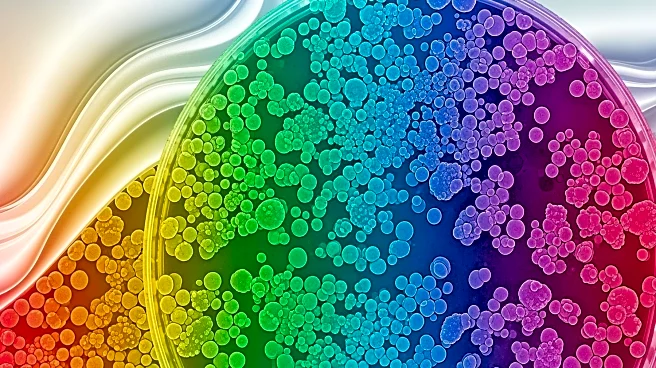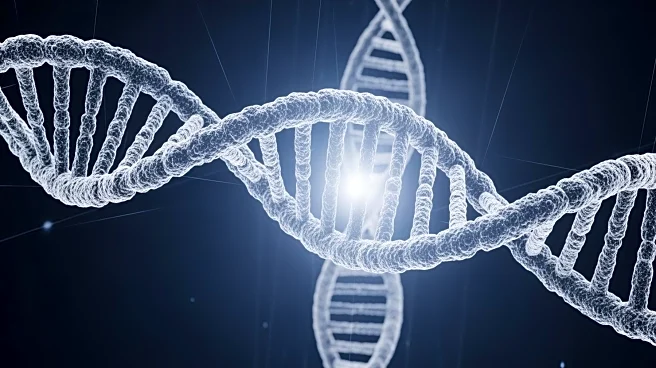What's Happening?
Scientists at the University of California, San Diego have developed a groundbreaking method to produce xanthommatin, a pigment responsible for the camouflage abilities of octopuses and squids, using bacteria.
This innovation, led by Bradley Moore and his team at Scripps Institution of Oceanography, marks a significant advancement in biotechnology. By engineering bacteria to produce xanthommatin, the researchers achieved production levels up to 1,000 times greater than previous methods. This development could lead to sustainable applications in materials and cosmetics, such as photoelectronics, thermal coatings, dyes, and UV-protective products. The study, published in Nature Biotechnology, was supported by various institutions, including the National Institutes of Health and the Office of Naval Research.
Why It's Important?
The ability to produce xanthommatin in large quantities through bacterial engineering represents a major step forward in sustainable material production. This method could reduce reliance on petroleum-based products, offering a more environmentally friendly alternative. The pigment's potential applications in various industries, including defense and cosmetics, highlight its commercial viability. The U.S. Department of Defense and skincare companies have already shown interest in its natural camouflage and sunscreen properties. This innovation not only enhances our understanding of biological coloration but also paves the way for future biotechnological advancements in material science.
What's Next?
The researchers anticipate that their nature-inspired, non-invasive biotech methodology will revolutionize biochemical production. The team plans to explore further applications of xanthommatin, with potential uses ranging from color-changing paints to environmental sensors. As interest from various industries grows, the method could lead to new collaborations and commercial opportunities. The researchers aim to continue refining their technique, potentially expanding its use to other valuable compounds, thereby contributing to a more sustainable future in material production.
Beyond the Headlines
This development underscores the potential of bioengineering to address supply challenges in material science. By linking bacterial survival to pigment production, the researchers have introduced a novel approach to microbial engineering. This method could inspire similar strategies for producing other scarce or valuable compounds, promoting a shift towards more sustainable and efficient manufacturing processes. The study also highlights the importance of interdisciplinary collaboration, combining expertise from biology, chemistry, and engineering to achieve innovative solutions.












